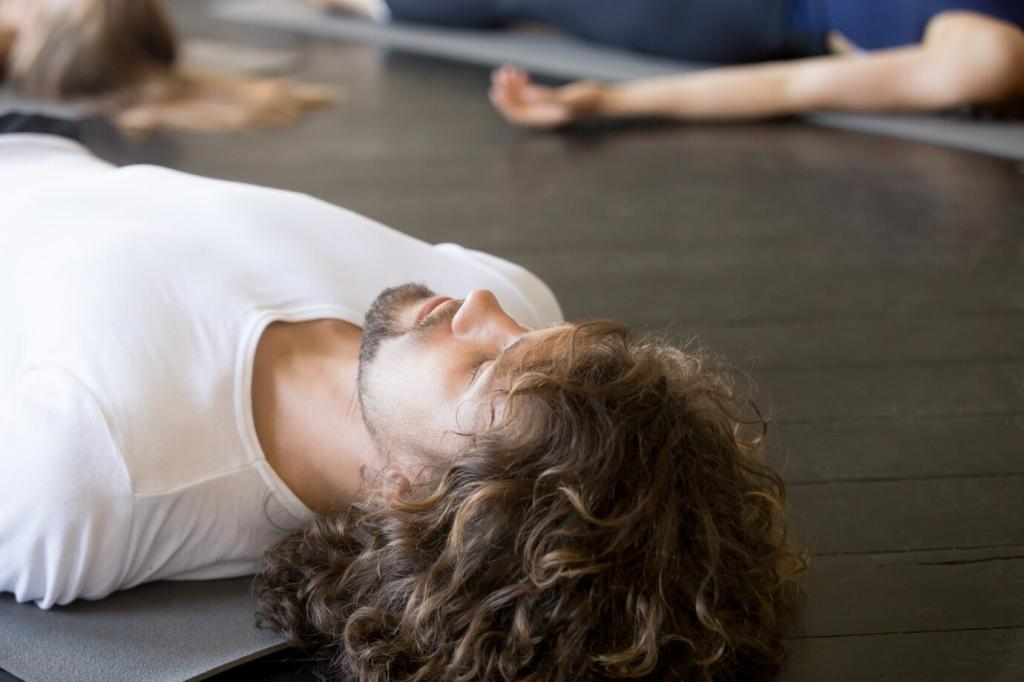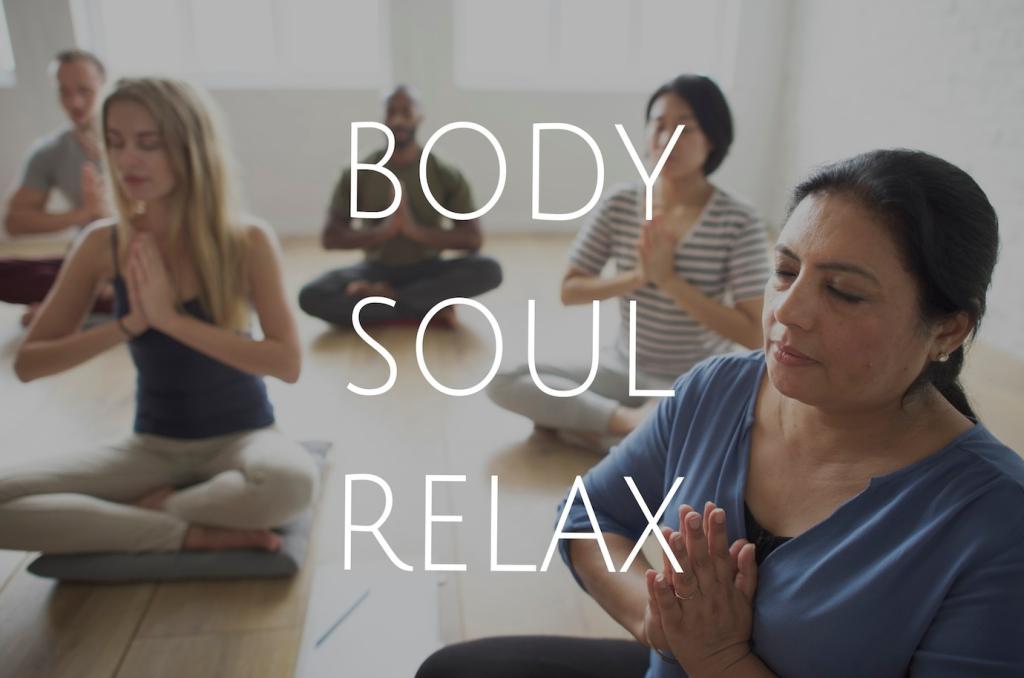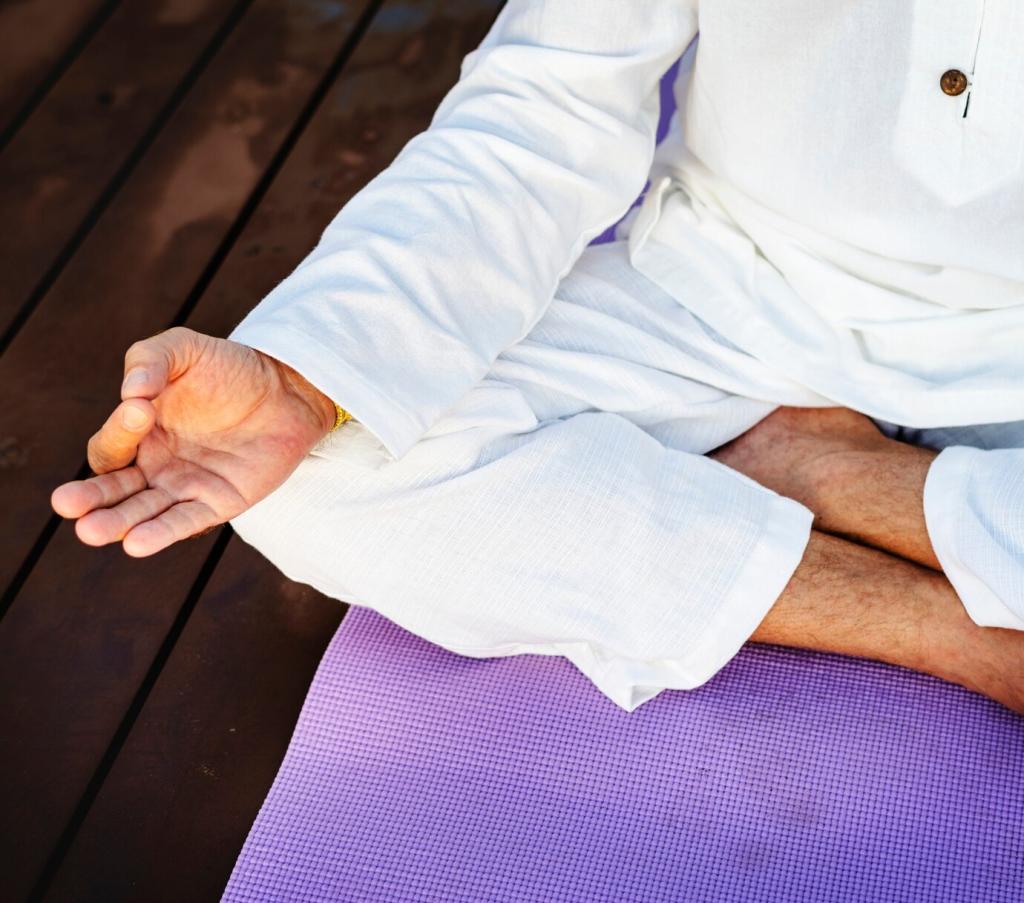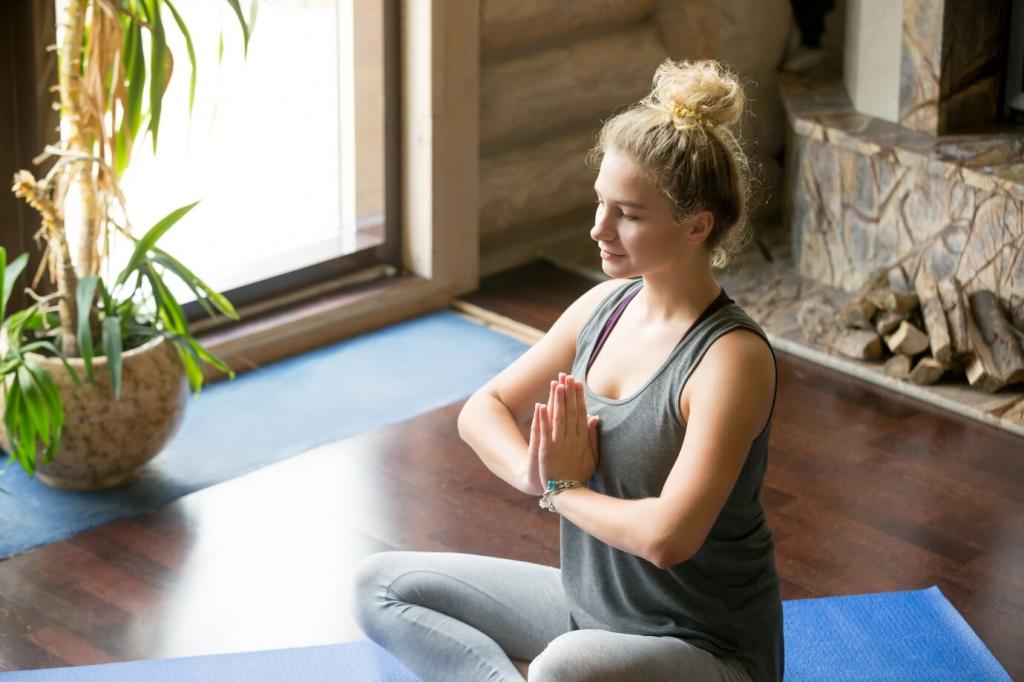Breathwork That Fuels Recovery in Motion
Try a 4-4-4-4 rhythm: inhale, hold, exhale, hold. Walk slowly or sway gently as you breathe, letting your shoulders drop and your jaw unclench. Notice anxiety soften while your heart rate eases. Share your favorite cadence so others can experiment safely.
Breathwork That Fuels Recovery in Motion
Close your mouth and keep your pace conversational. Feel the cool air glide in and warmer air drift out. Nasal breathing supports nitric oxide release and calmer pacing, helping you avoid overstriding. Comment with your go-to duration and any perceived recovery boosts.









